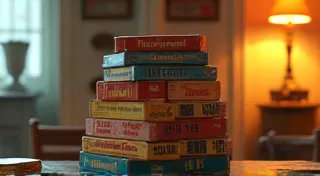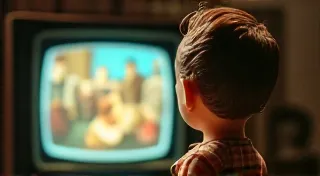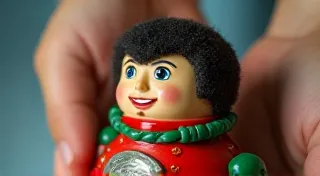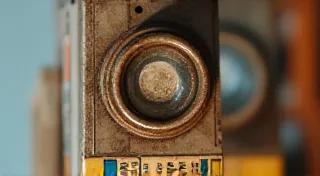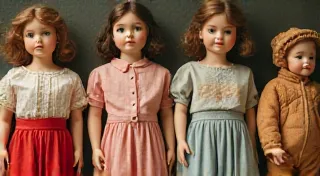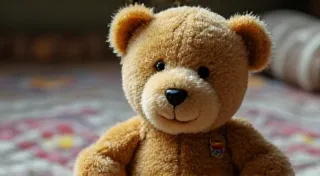Identifying and Valuing Vintage Barbie Dolls
For generations, Barbie has captivated the imaginations of children and adults alike. Her iconic status extends far beyond playtime, transforming her into a beloved collectible. For dedicated collectors, understanding how to identify and value vintage Barbie dolls can be a rewarding – and potentially lucrative – pursuit. This guide will delve into the world of vintage Barbie collecting, providing a foundational understanding of identifying different eras, understanding their significance, and estimating their value based on condition, rarity, and accessories.
A Brief History: Barbie’s Evolution
Barbie made her debut in 1959, created by Ruth Handler and Mattel. She was inspired by the German doll, Bild Lilli, and quickly revolutionized the toy industry. The early years established the core Barbie concept: a fashion doll embodying aspiration and possibility. The design choices made during this period, and indeed throughout Barbie’s history, were often influenced by larger cultural trends. For instance, the rise of television played a significant role in shaping the aesthetics and marketing of vintage toys; it’s fascinating to consider the impact of television on vintage toy design more broadly. Understanding these historical shifts is key to appreciating the value of specific vintage dolls.
Early Years (1959-1966): The Pioneers
The first Barbie, the 1959 Ponytail Barbie, is a cornerstone of any serious collection. These dolls were manufactured with a distinctive high ponytail and initially came in blonde and brunette versions. Other early classics include the 1961 Bubblecut Barbie, the 1962 Fashion Queen Barbie, and the 1963 Midge – Barbie's best friend. These early dolls are highly sought after and command significant prices, particularly if in excellent condition with original packaging.
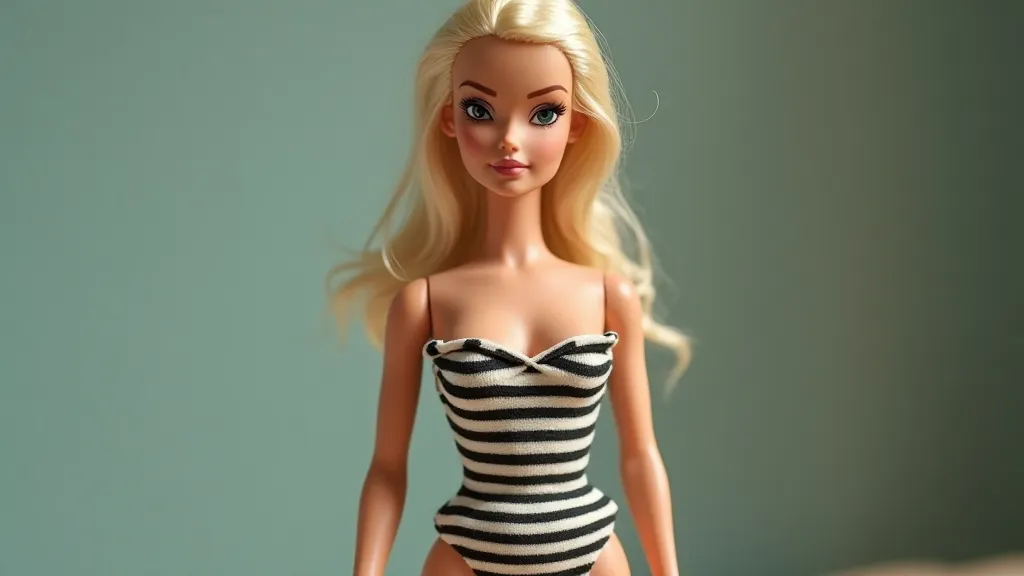
The Mid-Sixties (1967-1972): A Changing Look
The late 1960s brought about a change in Barbie's appearance, shifting towards a more modern, mod style. The Twist 'n Turn Barbie (1967) was a technological innovation allowing the doll's arms and legs to rotate. The Malibu Barbie (1968) captured the Californian beach culture. These dolls also represent a growing sophistication in Barbie’s fashion and the marketing surrounding her. Finding these vintage treasures can sometimes be a challenge, and many collectors scour online auctions, flea markets, and estate sales; it’s a similar hunt to what’s needed to find vintage toys of any kind.
The Seventies (1973-1979): A Decade of Diversity
The 1970s were a time of significant cultural change, and Barbie reflected this. The Superstar Barbie (1977) was a landmark, reflecting the burgeoning disco era. The introduction of Black Barbie and Hispanic Barbie dolls signaled a move towards greater inclusivity, making these variations highly desirable to collectors. The history of toy manufacturing during this period is rich and varied; for example, the story of Marx Toys and their impact on the toy landscape is well worth exploring.
The Eighties (1980-1989): A Period of Innovation
The 1980s saw a surge in technological advancements for Barbie, with features like poseable limbs and increasingly elaborate fashions. The repositioning of Barbie, embracing careers and aspirations, was key. The Dream Catcher Barbie (1989) was a fashion-forward success. Understanding how toys were graded and evaluated during this period can be helpful in assessing the condition and value of a vintage Barbie.
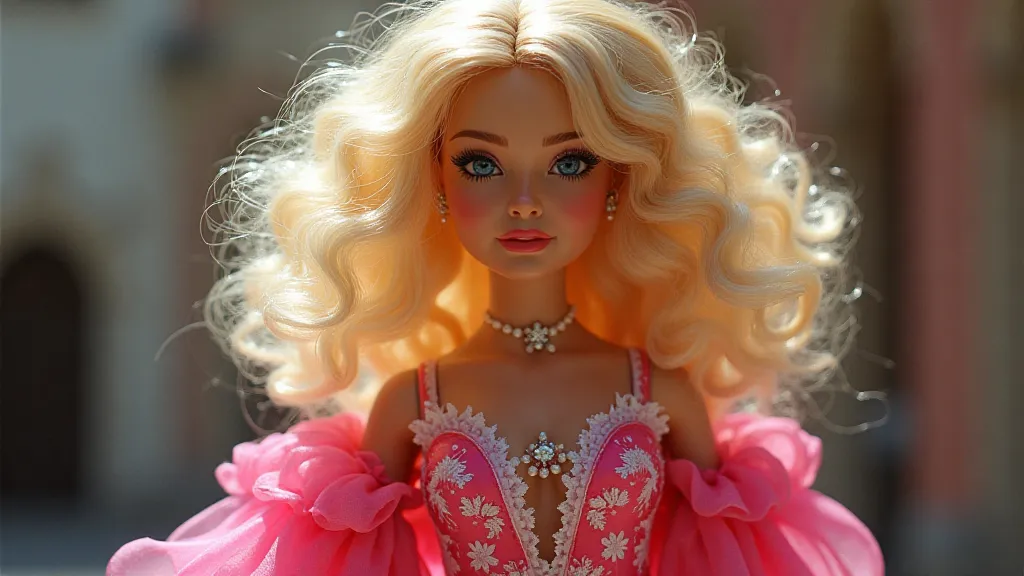
Identifying Key Features
Beyond simply knowing the year a Barbie was produced, identifying specific features is crucial for accurate valuation. Consider the following:
- Body Type: Early Barbies had a different body type than later models. The "Bubble-Hip" Barbie (1959-1966) is particularly sought after. Later body types include the "Mod" body and the "Super" body.
- Hair Color and Style: The specific shade and style of Barbie's hair can affect value. Rare colors (like Platinum Blonde) command higher prices.
- Eye Color and Lashes: Early Barbies had painted eyelashes, while later models had rooted eyelashes. The color of the eyes also varied, with certain colors being rarer.
- Clothing and Accessories: Original clothing and accessories significantly increase a Barbie's value. Missing or damaged accessories lower the value.
- Markings: Barbie dolls are marked with a copyright symbol and the year of manufacture. This marking is crucial for authentication.
Valuing Your Vintage Barbie
Determining the value of a vintage Barbie is not an exact science. Several factors contribute to her worth:
- Condition: Condition is paramount. Dolls in mint condition, with original packaging and tags, are the most valuable. Damage such as scratches, fading, or missing limbs significantly reduces value. Understanding how to properly cope with condition and grade vintage toy condition is essential for any collector.
- Rarity: Some Barbie dolls were produced in limited quantities, making them exceptionally rare and valuable. Variations in hair color or clothing can also contribute to rarity.
- Completeness: Having all the original clothing, accessories, and paperwork adds significant value.
- Demand: Collector demand fluctuates. Dolls that are currently popular among collectors will command higher prices.
- Provenance: Knowing the history of a doll (its provenance) can add to its value, especially if it belonged to a notable individual.
Where to Research and Sell
Several resources are available to help you research and sell your vintage Barbie dolls:
- Online Auction Sites: eBay is a popular platform for buying and selling vintage Barbies.
- Collector Forums and Groups: These platforms provide a community of collectors who can offer advice and potentially purchase dolls.
- Price Guides: Numerous Barbie price guides are available in print and online, offering estimated values for different dolls.
- Antique Shops and Doll Shows: These venues offer opportunities to connect with collectors and potential buyers.
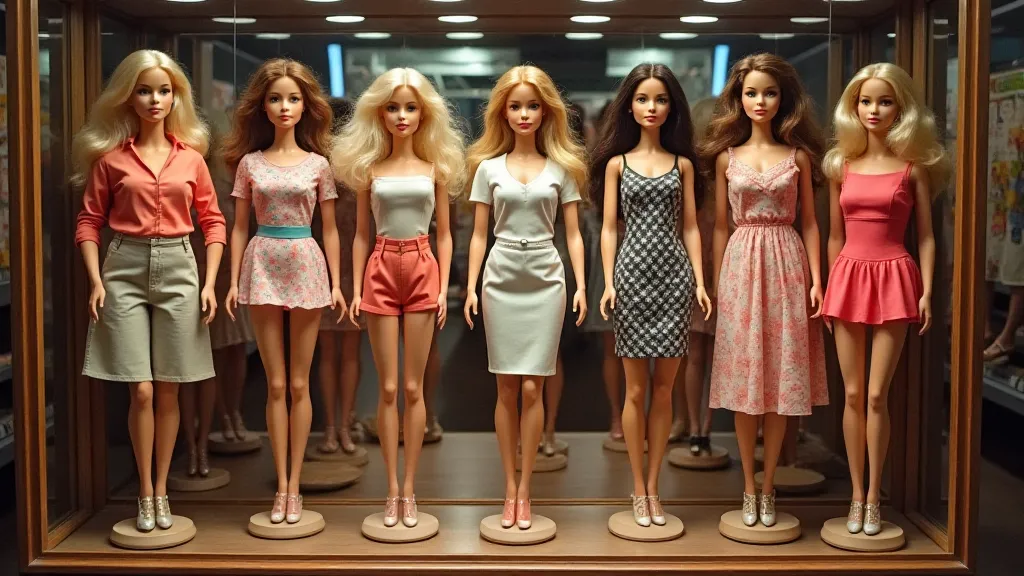
Conclusion
Collecting vintage Barbie dolls is a fascinating hobby that combines nostalgia, history, and appreciation for a cultural icon. By understanding the evolution of Barbie, identifying key features, and carefully evaluating condition and rarity, you can navigate the world of vintage Barbie collecting with confidence. Happy hunting!
